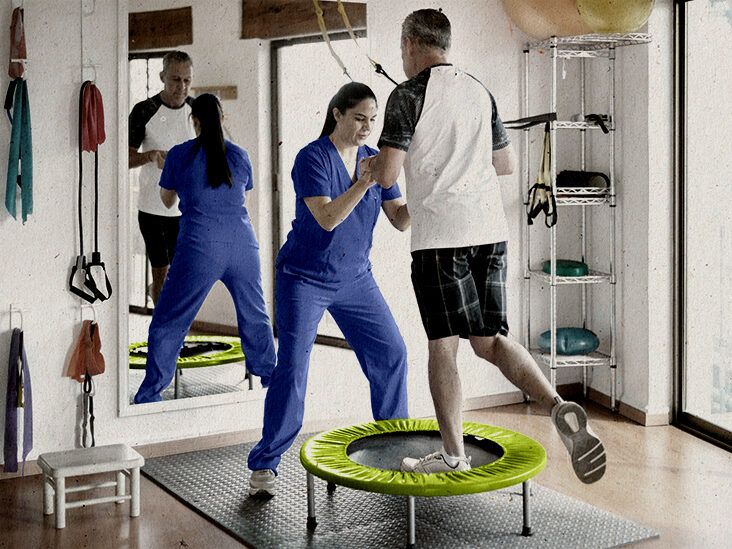Refining a art of human-centered design is paramount for creating workspaces that support postural health and productivity. Applied ergonomics is the methodology of engineering occupational settings, apparatus, and responsibilities to fit the needs of employees. By emphasizing how users utilize their workspace, businesses can minimize strain and mitigate musculoskeletal problems. An ergonomic workspace supports efficient movement and minimizes strain, which can lead to improved work satisfaction and engagement among team members.
One foundational aspect of ergonomics is the placement of fixtures and devices. Workstations should be at a position that permits workers to remain seated with their elbows at a 90-degree angle while typing. Chairs should provide adequate support for the lower back, promoting spinal alignment. Additionally, monitors should be positioned at eye level to prevent neck strain. By ensuring that these elements are properly configured, employees can copyright a neutral position throughout their assignments, minimizing fatigue and boosting cognitive performance.

An additional notable dimension in an well-designed workspace is the use of supportive devices and hardware. This includes input devices, mice, important source and other devices designed to limit cumulative trauma disorders. For instance, using an orthopedic typing device can contribute to relieve wrist pain caused by repetitive typing. Furthermore, ergonomic seating and sit-stand desks allow employees to modify their position throughout the day, which can relieve postural fatigue and increase alertness. Implementing industry-grade ergonomic furnishings can result in sustainable work habits and higher productivity rates.
Lighting is also a core pillar in workspace ergonomics. Proper lighting can reduce ocular stress and support staff to focus on their job functions. Daylight is optimal, but if that is not feasible, using adjustable artificial lighting can help providing a functional atmosphere. It is important to avoid harsh fluorescent lights that may induce migraines or fatigue. By providing visit this website adequate lighting, workspace planners can create an environment that advances both clarity and efficiency.
To conclude, encouraging regular breaks is vital for maintaining an balanced workspace. Motivating employees to take short breaks can assist relieve physical tension and mental fatigue. During these breaks, users should be encouraged to move around or get up to improve physical engagement. Structuring scheduled break times can facilitate build a routine that protects employee wellness without sacrificing work results. Ultimately, mastering ergonomics in the professional environment not only boosts well-being but also fosters a more engaged work culture where team members can excel.